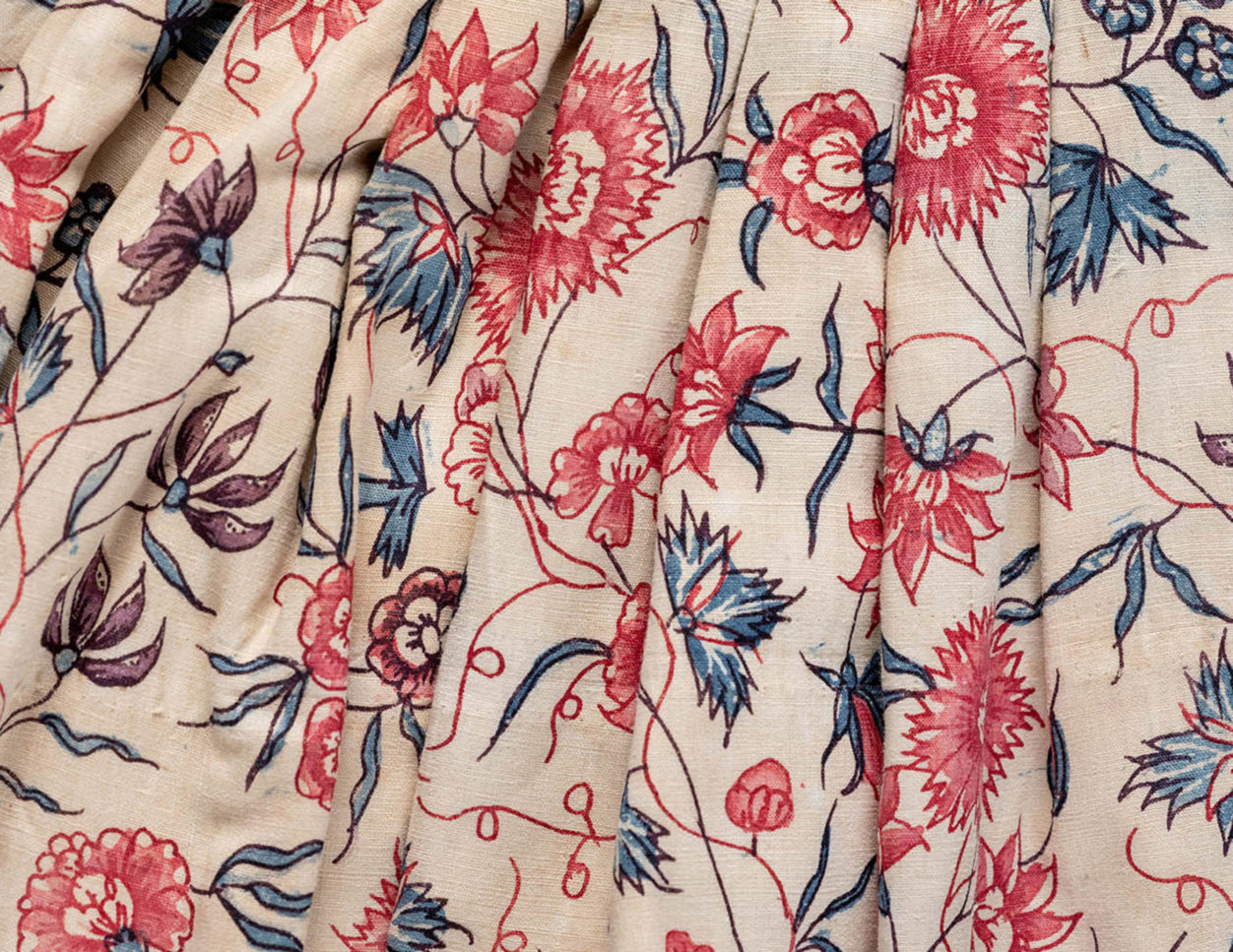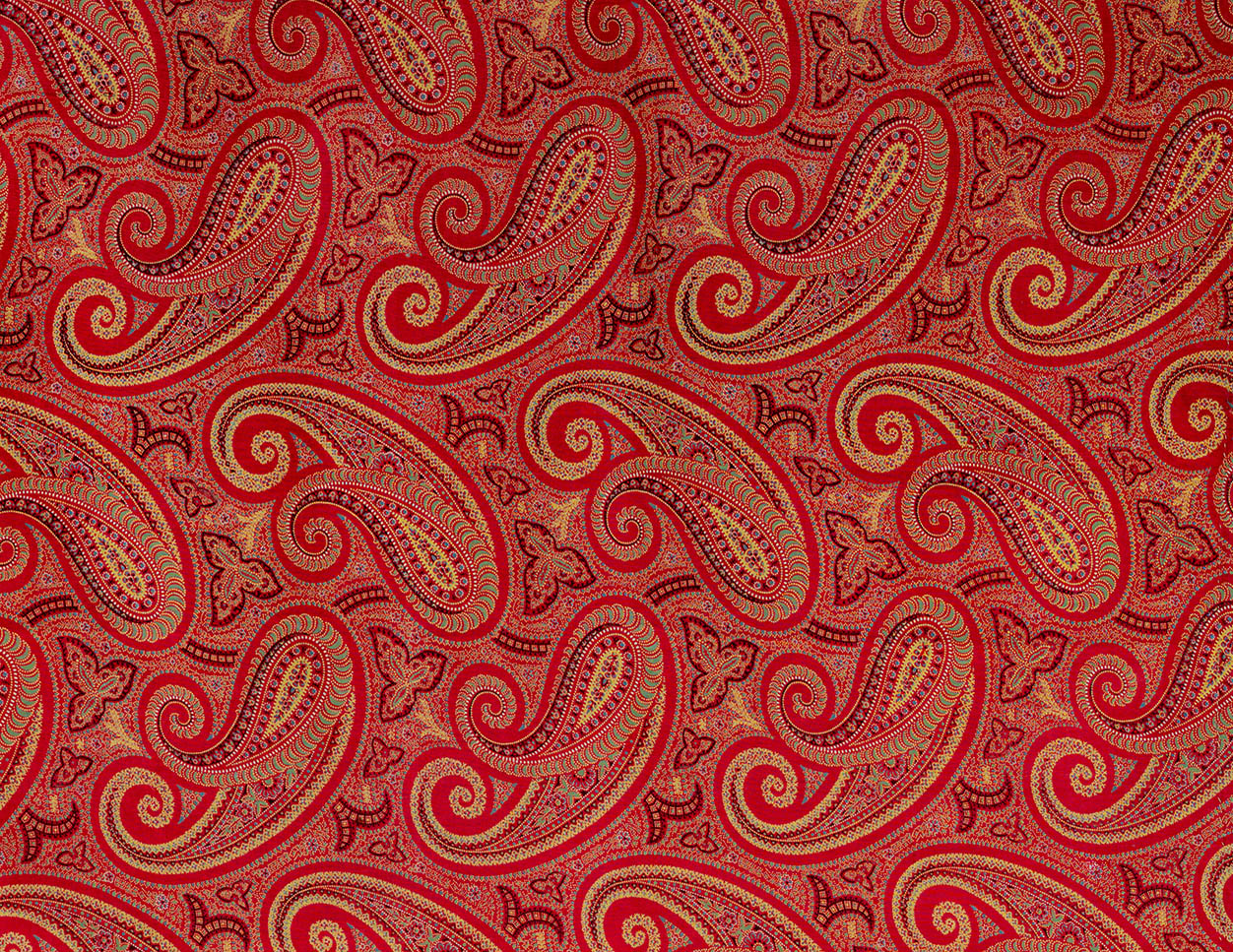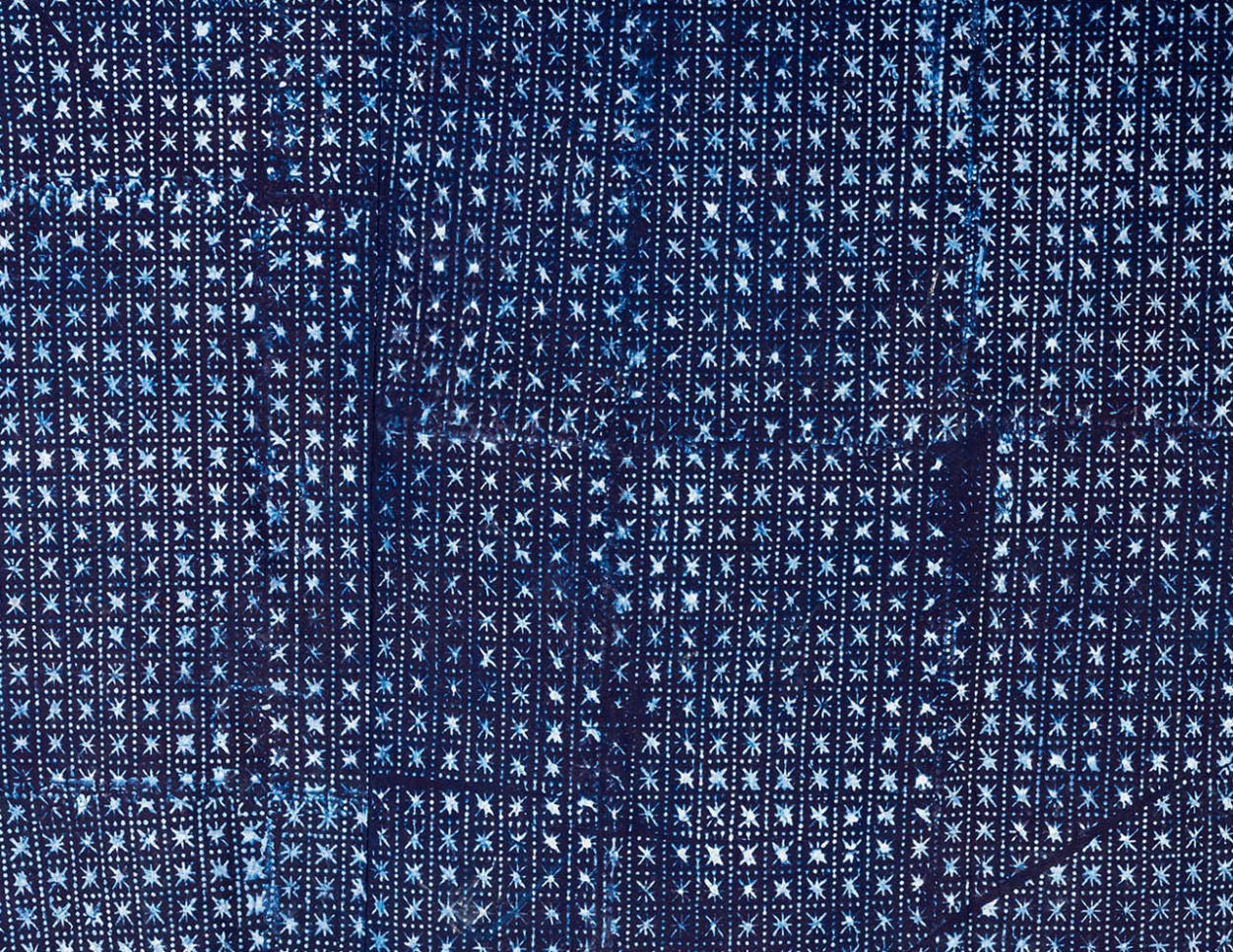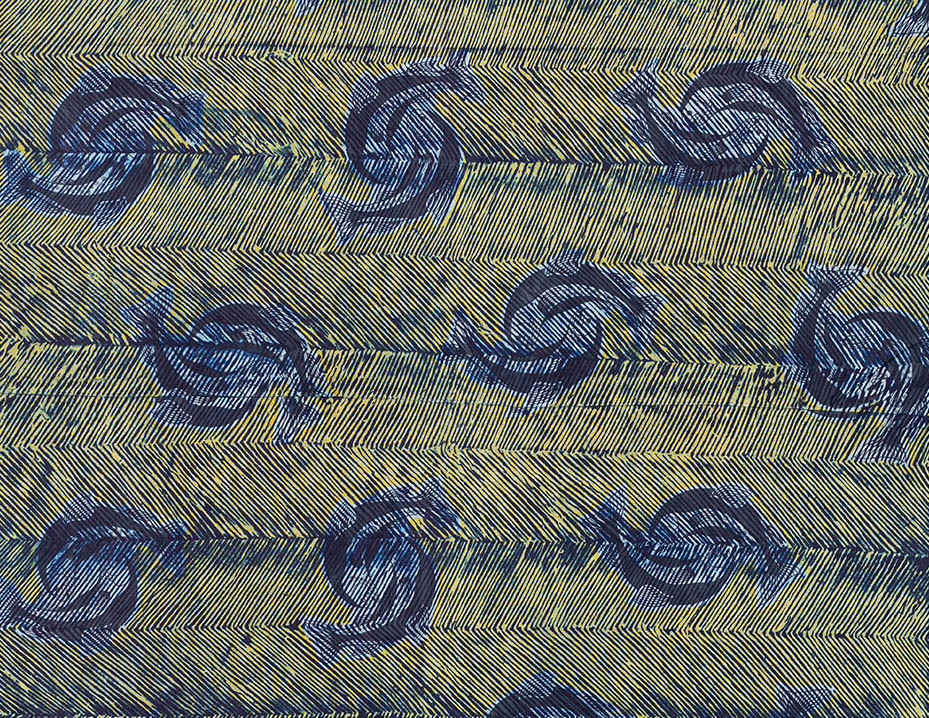Cotton
The fabric that is most closely associated with Lancashire is undoubtedly cotton.
From the 18th century, mills were built across the county as the process of spinning and weaving cotton was mechanised: first water-powered, then steam, fuelled by the local coalfields. This grew to become the largest cotton industry the world had seen. Many of the key figures of industrialisation were from the historic county of Lancashire, including John Kay (flying shuttle, Walmersley), James Hargreaves (spinning jenny, Oswaldtwistle), Richard Arkwright (water frame, Preston), James Kay (wet spinning of flax, Blackburn) and Samuel Crompton (spinning mule, Bolton).
What happened here in Lancashire had global consequences. The cotton plantations of the American South, harvested by enslaved labourers forcibly taken from Africa, provided the raw material that fuelled the Industrial Revolution in Britain, creating huge amounts of wealth for slave owners, ship owners and factory owners.
Cotton was a crucial commodity shipped between Britain and India, especially beautifully painted and printed chintzes. After slavery was abolished, cotton continued to play a key role in commerce and colonialism around the globe.
The legacy of this is all around us from civic buildings and grand houses to art galleries and public statues.








